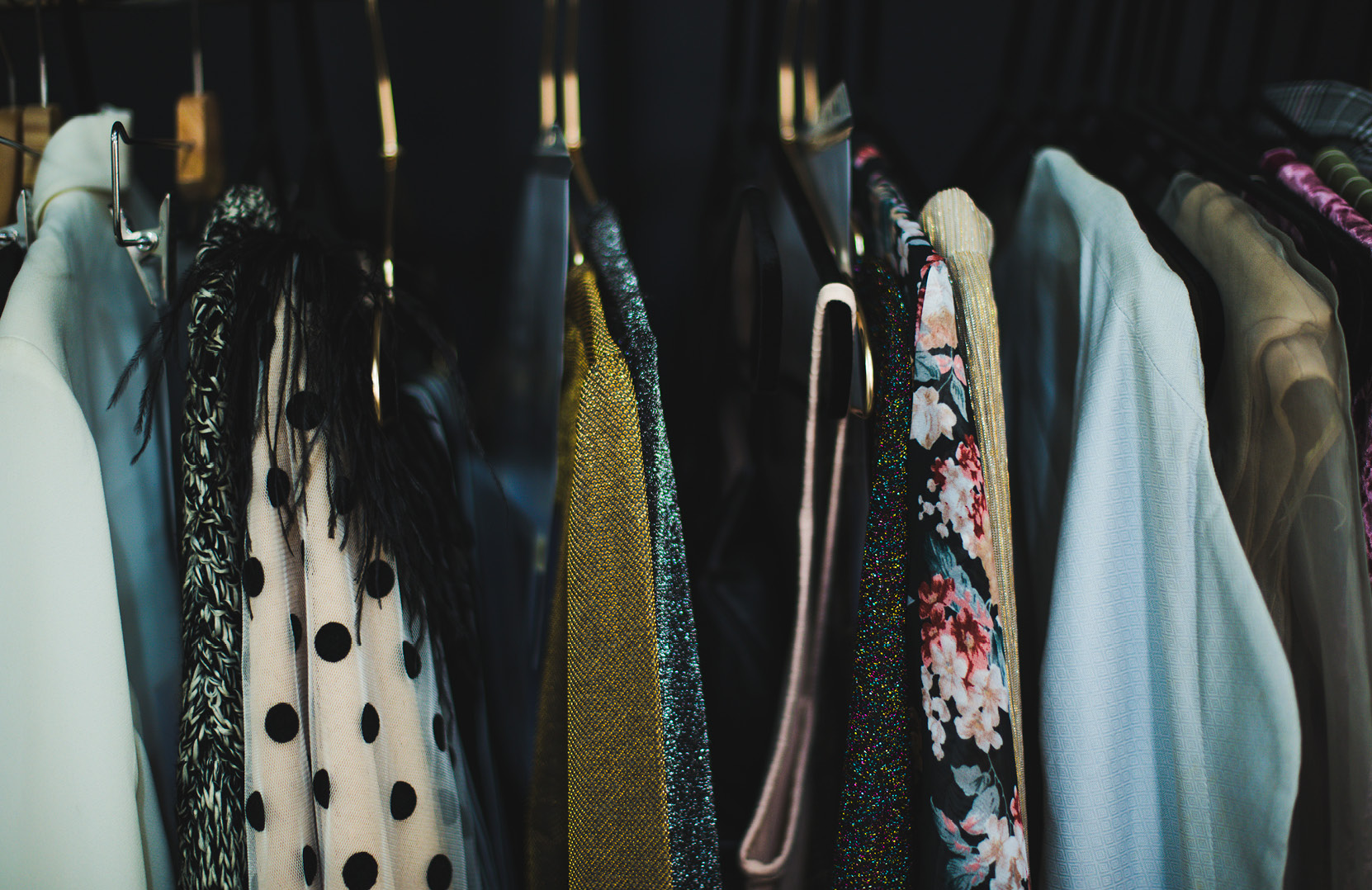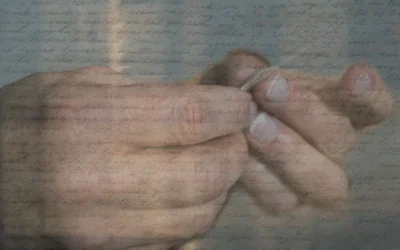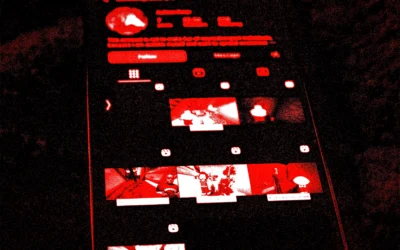Employees are swapping out their suits for sweats and shoes for slippers as companies adopt work from home models in response to the COVID-19 pandemic.
With few places to go and even fewer people to see, as per Alberta Health Services’ recommendations, it has become increasingly hard to justify purchasing new clothing, with the exception of loungewear. Not only that, unemployment rates are up from last year, consequently knocking many Albertans’ bank account balances down.
In addition to keeping people cooped up, pinching pennies and pajama-clad, the pandemic emphasizes something we already knew: the fashion industry needs fixing.
At the onset of the pandemic, fashion companies recognized the decrease in consumer demand. Major players responded quickly but not without consequence. According to Vogue, “in Bangladesh, around 4 million people have lost their livelihoods, a direct result of some of the world’s most powerful fashion brands canceling orders due to the closures and layoffs precipitated by the coronavirus pandemic.”
This is not the first time the fashion industry has been scru tinized for its treatment of garment workers. In 2013, the Rana Plaza factory in Bangladesh collapsed, killing 1,134 garment workers and injuring upwards of 2,500 more, according to Fashion Revolution. The collapse is believed to be a result of corruption and hazardous working conditions, still common occurrences in the industry today.
In addition to the fashion industry’s mistreatment of people, it has also caused considerable damage to the planet. According to Business Insider, “fashion production makes up 10 per cent of humanity’s carbon emissions, dries up water sources, and pollutes rivers and streams.” But it’s not just the production that’s a problem. It’s consumption, too.
Brands are creating products faster than they can reasonably be consumed. Yet, consumers are buying them anyway, resulting in perfectly good garments being tossed to make room for the new.
Michele Fowler, a graduate of the University of Alberta’s Clothing and Textile program and a sustainable fashion advocate, explains that “the fashion cycle used to correspond with the four seasons, but now most companies release a new line of clothing every couple of weeks.” According to Fowler, this rapid production rate has resulted in an unnecessary influx of stuff, which contributes to an unsustainable and incredibly wasteful cycle, otherwise known as the fast fashion cycle.
With all of this in mind, it is no surprise that consumers are looking for alternative ways to shop. According to Lyst, “in September, ‘vintage fashion’ generated an average of more than 35K monthly searches, while online fashion searches for second hand-related keywords increased 104 per cent.”
In its many forms, shopping second-hand is a viable option to combat climate change and human rights issues perpetuated by the fast fashion cycle. It’s also an excellent way to save some money. Lucky for Edmontonians, it’s also very doable.
Edmonton is chock-full of second-hand clothing stores, allowing for various ways to shop second-hand all over the city.
Thrift stores sell donated, second-hand items, such as clothing, accessories, and homewares, at a low price and are often associated with a charity.
More Than a Fad, a popular Edmonton thrift store, raises funds to support the Adeara Recovery Center, a long-term addiction recovery center for women and their children. So, you can feel especially good about your purchases.
“People are excited to get behind the purpose of stores like More Than A Fad; the lower prices are just a bonus that makes it a win for the customer and the community,” says Daysha Albrecht, More Than a Fad’s assistant manager.
Albrecht offered the following advice to new thrifters: “Find shops that are clean and well laid out. Pick a time of day where you have time to go through everything, as thrifting can be overwhelming. Go through the shelves/racks one way and then come back another, so you see things from different angles and prevent missing anything.”
Consignment stores sell second-hand items on behalf of other people for a cut of the profits. They typically offer an assortment of higher-end items. Vespucci Consignment is a favourite among locals and offers everything from H&M to Chanel. Mood Consignment and Mina Consignment are among other local favourites.
If you’re looking for something more nostalgic, vintage stores offer specially curated collections of items from times past. To be considered vintage, clothing and accessories need to have been made 20 or more years ago.
Vintage stores are popular among Whyte Ave wanderers and downtown dwellers alike. From Another, located on Whyte Avenue, offers a selection of vintage streetwear and sneakers. Swish Vintage, a member of the 124 Street Business Association, is filled to the brim with feminine frocks and accessories.
Jennifer McConaghy, a thrifting enthusiast and founder of Life Preloved and Swap Studio, has popularized another way of shopping second-hand in Edmonton: clothing swaps.
McConaghy grew up visiting upscale consignment shops alongside her mother, who was on the hunt for opera-bound gowns and ‘80s power suits. So, it is no wonder that McConaghy has gone on to an exciting career that centres around secondhand shopping.
Clothing swaps are as they sound. You and others bring clothes you no longer want and swap them amongst yourselves. You can easily arrange one yourself, or you can attend one of the many that McConaghy organizes, COVID-19 regulations permitting.
The idea took off in 2019 after McConaghy suggested to local businesses that they collaborate to offer a clothing swap that promotes the businesses and circular fashion. The swaps were highly successful and appealed to more and more Edmontonians. So much so that McConaghy hosted five clothing swaps in nine months, each growing by 50 attendees.
In 2020, McConaghy gave the series of swaps an official name: Swap Studio. The premise has remained more or less the same. Swap Studio invites locals to attend clothing swaps curated by McConaghy and held within local businesses.
There truly is a second-hand option suitable for all shoppers. If the benefits to the planet — and your wallet — aren’t reason enough, shopping second-hand also gives you the chance to establish a truly unique and personal style.
It can be challenging to differentiate your style from the styles presented to you regularly through fashion authorities’ marketing materials specifically to influence your purchases. Second-hand shopping allows you to select items that speak to you personally, without the influence of trends.
“The fun part about second-hand shopping is it’s a great way to experiment with your style and your taste. You’ll be surprised how much you start to formulate your sense of style when you step outside of the trends that are constantly being thrown at you,” says Fowler.
In a similar sentiment, McConaghy says of her own experience: “I have found my own personal style through shopping second-hand because I am buying what I like versus what the stores and brands are telling me to buy that season.”
However, if there is a current trend that has caught your eye, you can likely find a second-hand version. Fashion trends are cyclical, meaning that what is popular now was popular sometime before and will be popular again. There is probably a variation of the item you’re looking for hanging on the racks of a local, second-hand shop for half the price and double the quality of its fast fashion equivalent.
According to McConaghy, if clothing manufacturing stopped today, we would have enough clothing to last us 60 years. In that case, it makes very little sense to opt for brand new, storebought items when you can opt to shop sustainably, uniquely, and economically simultaneously.
Edmonton is already home to many avid second-hand shoppers, and there is always room for more. Perhaps you’ll join them.
Images courtesy of rawpixel.





0 Comments